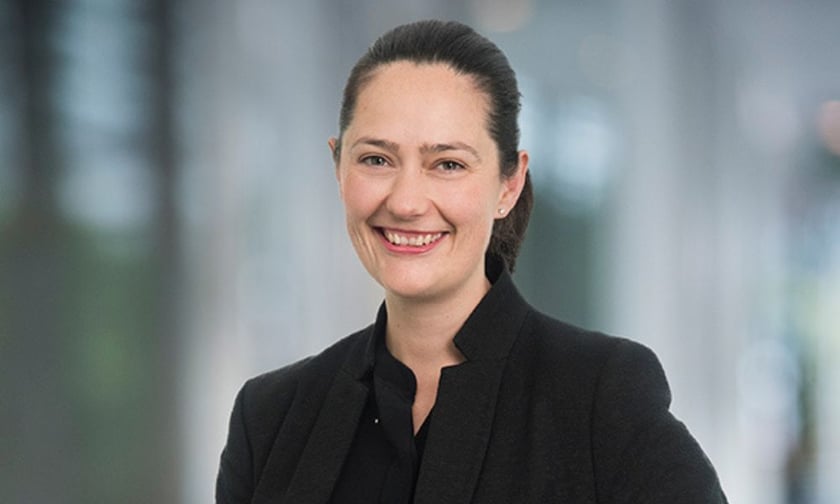

Australia recorded a modest rise in consumer spending in March, amid persistent global economic uncertainty and growing expectations of interest rate cuts.
According to the latest CommBank Household Spending Insights (HSI) Index, household spending increased by 0.9% for the month.
This growth was driven by a rebound in discretionary categories, particularly recreation and hospitality, boosted by major events such as the Melbourne Grand Prix and the return of winter football codes.
While spending lifted across all 12 categories, education saw the biggest monthly gain, rising 4.3%, driven by the start of the academic year and increased tuition costs. Other noticeable increases were recorded in insurance (+1.6%), recreation (+1.4%), and hospitality (+1.2%), with the latter showing its first growth since December.
Despite the lift, economists remain cautious about declaring a shift in momentum.
“While it’s encouraging to see a rebound in spending this March, particularly across discretionary categories like recreation and hospitality, it’s premature to call this a turning point, as the overall pace of spending growth remains lower than the final quarter of 2024,” said Belinda Allen (pictured), CommBank senior economist.
Allen added that while upcoming interest rate cuts are likely to support a broader recovery in consumer spending, geopolitical tensions — particularly around US tariff developments — could affect confidence.
“We expect interest rate cuts over the coming year to see consumers loosen their purse strings, but global uncertainty from the US tariffs may impact this recovery,” she said.
“It’s worth noting Australia is well placed to weather the global economic volatility and remains in a structurally sound position with limited direct impacts from the US tariffs. At the same time, the RBA has room to cut rates if required.”
All four major banks expect rate cuts from May, with NAB forecasting five cuts to 2.60% by February, while CommBank, Westpac, and ANZ predict three cuts to 3.35% by year-end.
Looking at annual trends, household spending rose 5.6% year-on-year, with the strongest increases concentrated in categories tied to essential services, where inflation pressures remain elevated. Over the past 12 months:
By contrast, transport spending declined 3.3%, thanks in part to falling fuel costs.
The data shows a clear divergence in spending patterns based on housing status. In original per capita terms:
This suggests that rising rents and financial pressures are weighing more heavily on tenants than other households.
March’s spending growth was not uniform across states, with South Australia recording the highest monthly increase at 1.2%, followed by the Northern Territory at 0.9%. Queensland, however, posted the weakest result, with growth of just 0.1%, a result linked to the lingering effects of ex-tropical cyclone Alfred.
The CommBank HSI Index, which aggregates anonymised transaction data from around seven million customers, representing 30% of all consumer transactions in Australia, suggested that while spending is showing signs of life, consumers remain cautious.
With interest rate cuts on the horizon, there’s potential for stronger momentum later in 2025 — but only if global conditions stabilise and consumer confidence rebounds. For now, the path to recovery looks steady, but far from guaranteed.
